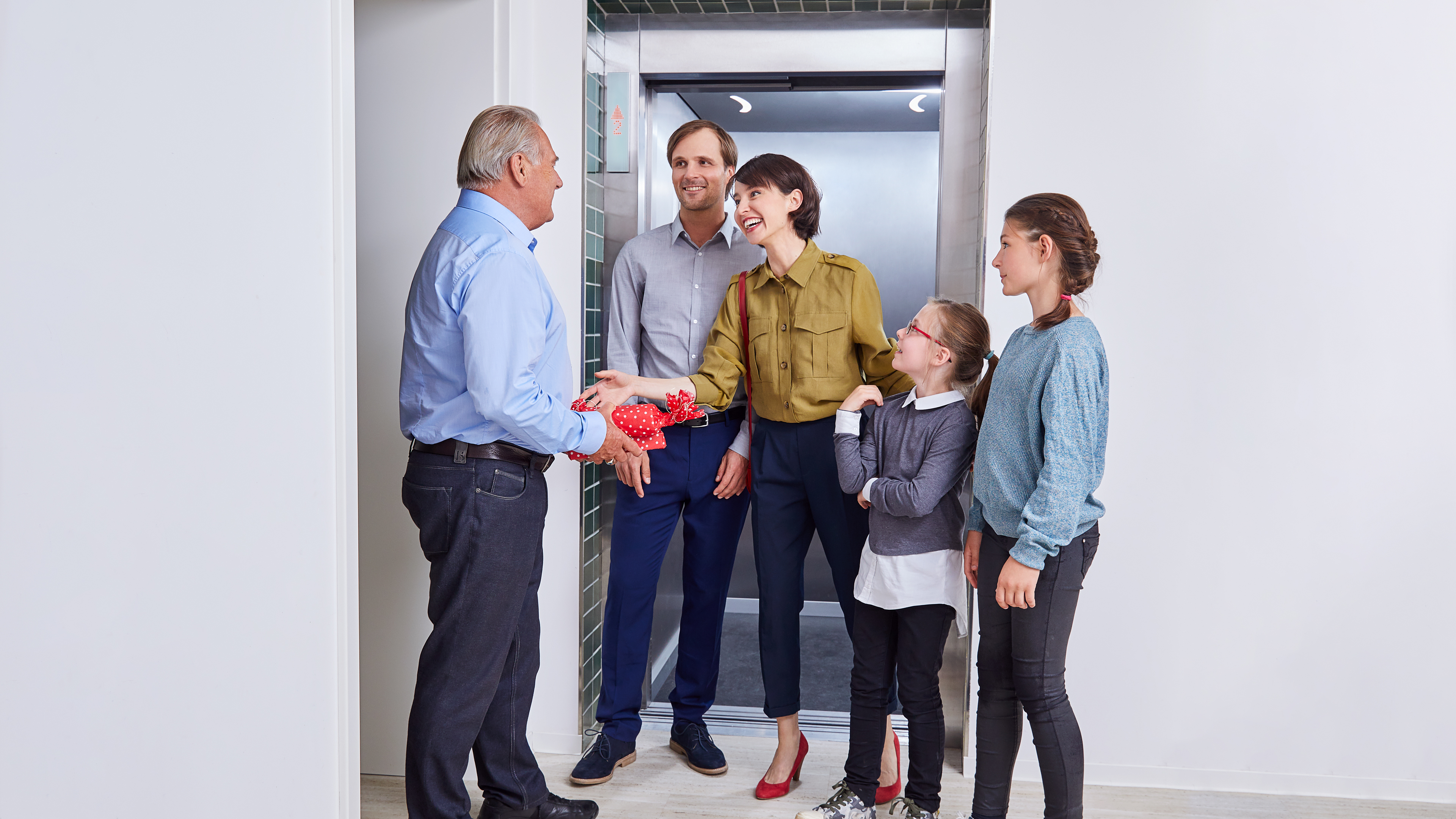Discover Trustworthy Lift Repair Near Me for Fast and Affordable Solution
Discover Trustworthy Lift Repair Near Me for Fast and Affordable Solution
Blog Article
Looking Into the World of Elevators: Typical Problems Dealt With by Various Lift Devices
As we browse via the upright transport systems of modern structures, elevators stand out as an essential element of our every day lives. Nevertheless, behind their seamless procedure exists a world of complex mechanisms that can occasionally experience obstacles. From hydraulic elevators to grip systems and machine-room-less designs, each lift type features its set of usual issues. Comprehending these obstacles is important for ensuring the smooth functioning of these essential systems. Let's check out the intricacies that underlie the operation of elevators and the possible issues that can occur, clarifying the elaborate web of lift devices.
Hydraulic Lifts
Hydraulic lifts, frequently liked for low-rise structures, make use of fluid pressure to control the motion of the elevator cars and truck (lift repair companies). This device involves a hydraulic pump pushing oil into a cylinder, triggering the lift to move in the desired instructions. While hydraulic elevators are understood for their smooth and peaceful operation, they do come with their very own collection of common concerns
One common issue with hydraulic elevators is oil leakage. Additionally, concerns with the control system, such as damaged shutoffs or a malfunctioning pump, can trigger disruptions in the lift's activity.
Routine maintenance and timely repairs are vital to ensure the smooth performance of hydraulic lifts. By dealing with these common concerns proactively, structure owners can minimize downtime and make certain the security and efficiency of their upright transport system.
Traction Lifts
When thinking about vertical transport systems in buildings, another usual type in addition to hydraulic lifts is the traction lift. Traction lifts operate using a system of ropes and weights that move the lift cars and truck by gripping onto the hoist ropes. This device enables smoother and much faster vertical transport compared to hydraulic systems.
Among the typical concerns dealt with by grip elevators is rope wear. The consistent motion of the ropes within the grip system can result in tear and use over time, potentially creating the elevator to breakdown or become dangerous for use. Normal evaluations and upkeep of the ropes are necessary to make certain the elevator's appropriate performance and safety.
An additional issue that traction elevators might run into is associated to the control system. Troubles with the control system can result in problems such as irregular movement, delays in feedback times, or perhaps total closures. Normal testing and maintenance of the control system are critical helpful resources to avoid such problems and make certain the elevator's reliability.
Machine-Room-Less (MRL) Elevators

Among the essential components of MRL lifts is the compact gearless grip device that is installed within the hoistway. This maker efficiently drives the lift cars and truck without the need for cumbersome devices located in standard traction lifts. Additionally, MRL lifts generally make use of a counterweight system to stabilize the vehicle, more improving their power efficiency.
Despite their advantages, MRL lifts might face difficulties connected to maintenance and repair work as a result of the confined space for devices installment. Accessibility for servicing components within the shaft can be limited, needing specialized this article training for technicians. Proper maintenance routines and routine examinations are crucial to make sure the ongoing smooth procedure of MRL lifts.
Overloading and Weight Restriction Issues
Overwhelming and weight limit issues are crucial concerns in lift procedures. Lift producers design lifts with details weight abilities to make sure traveler safety and tools long life.
When elevators are overloaded, it places extreme stress on the motor, wires, and various other components, possibly triggering malfunctions or breakdowns. If they find excess weight, security mechanisms such as sensing units and overload sensors are in location to avoid lifts from relocating. Furthermore, exceeding weight limitations can lead to raised energy intake and wear and tear on the lift system.
To reduce straining issues, constructing managers need to prominently show weight limits in elevators and enlighten residents on the relevance of adhering to these constraints - lift repair companies. Regular upkeep checks by certified specialists can additionally help guarantee that lifts are operating within risk-free weight criteria. By dealing with overloading and weight restriction issues proactively, building proprietors can boost elevator security and performance
Electrical System Failures
Going beyond weight restrictions in lifts can not just lead to mechanical problems however likewise potentially contribute to electric system failings within the lift framework. Electric system failures are a vital issue in elevator operation, as they can create unanticipated closures, malfunctions, or even safety and security threats.
Routine upkeep and evaluations are crucial to determine and address possible electrical problems promptly, making sure the safe and effective procedure of lift systems. By adhering to weight restrictions and conducting routine electric system checks, building owners can minimize the risk of electrical failings in elevators.
Final Thought

Hydraulic elevators, usually liked for low-rise buildings, use fluid pressure to manage the movement of the lift vehicle.When taking into consideration vertical transport systems in buildings, one more common type apart from hydraulic elevators is the grip elevator. Traction lifts operate utilizing a system of ropes and weights that move the lift car by grasping onto the hoist ropes. Unlike traditional elevators that call for a separate maker area to house the equipment, MRL lifts incorporate most of the parts within the shaft, removing the need for a More about the author committed machine space.In verdict, lifts face typical concerns such as hydraulic breakdowns, traction system failures, and electric system troubles.
Report this page